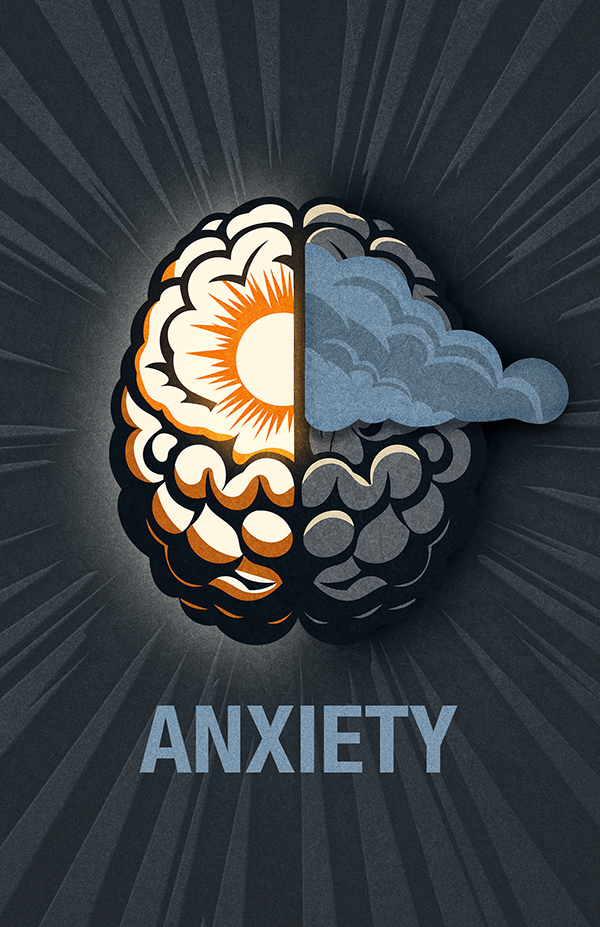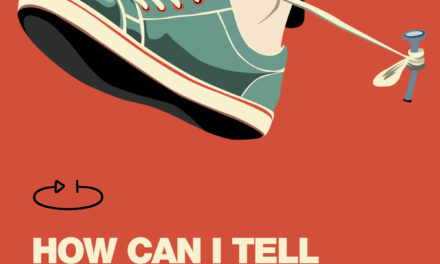
How to deal with anxiety
Today, the pace of life has increased, and there are pressures that people, especially youth, have never experienced before. Many young people are becoming plagued with feelings of “anxiety.” To address this trend, the following questions need to be addressed:
- What is anxiety?
- How does anxiety affect a person?
- How can one deal with anxiety?
The human brain works like a computer. It has hardware and software. The hardware of the brain is the physical matter, including neurons, dendrites and axons, which enable the transfer of data. The brain’s software is made up of words, stories, thoughts, dreams, and whatever is transmitted from neuron to neuron. The brain works according to the principle of “Use it or lose it.” That means what a person thinks about creates neural pathways that are physically there. The words and stories live in the neurons and are reinforced by use.
What is anxiety?
Anxiety is the mental and physical response to a perceived future threat. When the mind perceives risk or danger, the fight or flight mechanisms are triggered, producing cortisol and adrenaline to help the body overcome the problem.
How does anxiety affect a person?
The chemical changes in the body cause the heart to beat faster and cause the nerves to be more attentive. Normally, these changes last for a short period of time until the perceived threat has passed. However, if a person stays in a state of anxiety, it can debilitate the normal systems, creating stress, nervous feelings, sleep problems, and excessive worrying.
How can one deal with anxiety?
Anxiety is not an experience of current reality. I fact, it is an imagination in the mind about something in the future. Anxiety is the imagination focusing on a future threat. As the brain continues to focus on the threat, the brain loops, circling around, creating a cycle of brain neurons to attend to the perceived threat. The way to deal with anxiety is to get off the cycle of fear and help the brain get back to focusing on current reality.
Steps for dealing with anxiety
- Take out a piece of paper and write down the words of your anxiety. What are the specific words that are bringing you anxiety? Write them all down.
- Then, think about those words on the paper, and ask yourself, “What is the truth, or what is current reality today related to those words?” Listen for the truth.
- Write the words of truth that come to your mind on a separate piece of paper.
- Then, destroy or get rid of the anxious words and fearful imaginations, and focus on your current truth.
- Lastly, use “I don’t!” to stop your brain from returning to those anxiety-producing words. For example, “I don’t allow those negative imaginations to affect my life. I don’t let them in. I don’t give those words access to hurt me. Instead, I choose to live in my current reality. I choose to live in the current truth.
This process, if followed diligently, will free you from the mental and physical responses that possess you when you are caught up in the cycle of anxiety. What is in your brain will affect you positively or negatively.
You have a choice! You can choose to stop programming your brain with hurtful words and replace them with words that restore peace and harmony in your mind and body. Live in the present and don’t fret, worry or obsess about future imaginings.
Your mind is an amazing tool. Live in the present and enjoy today.




